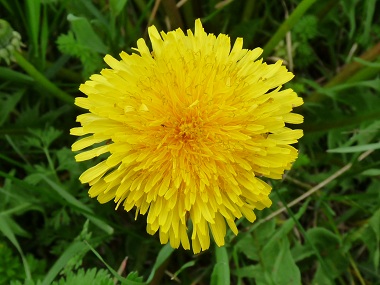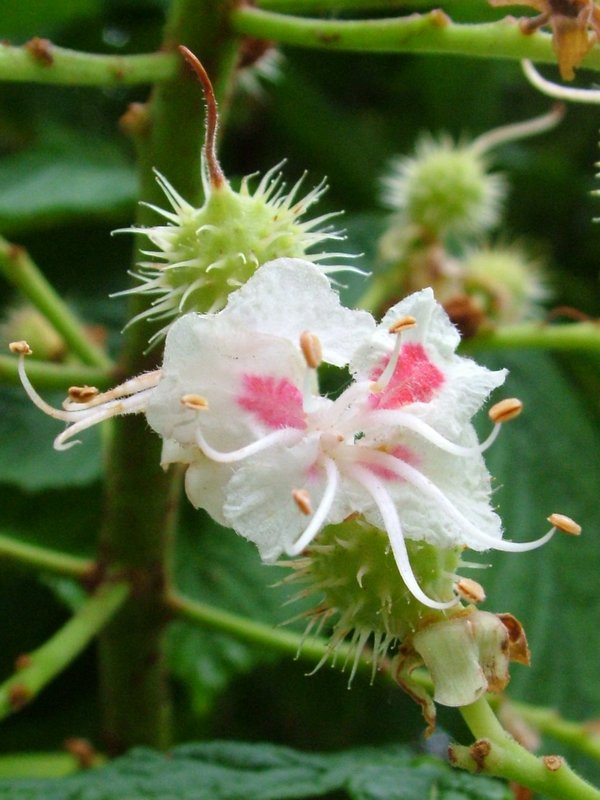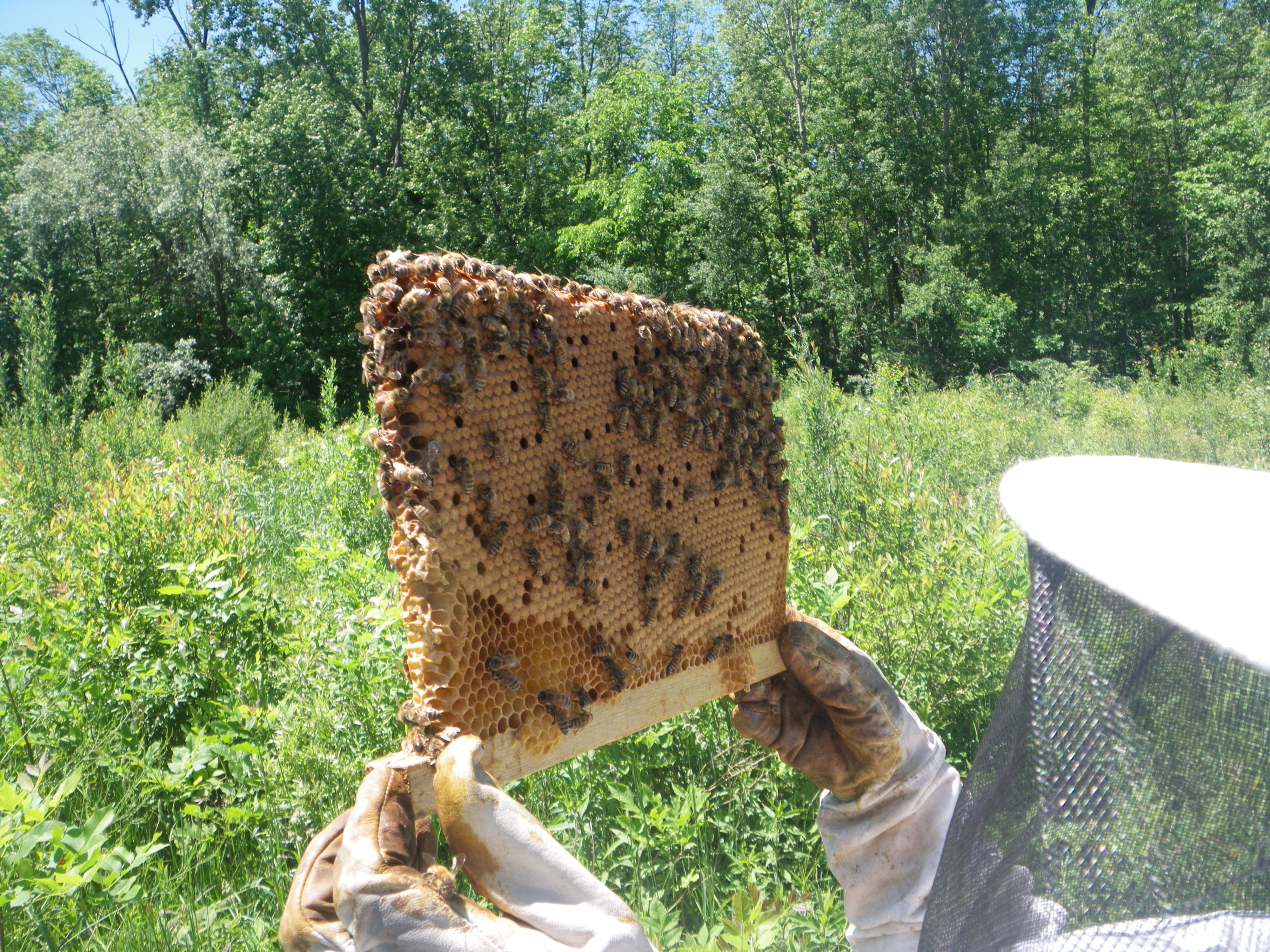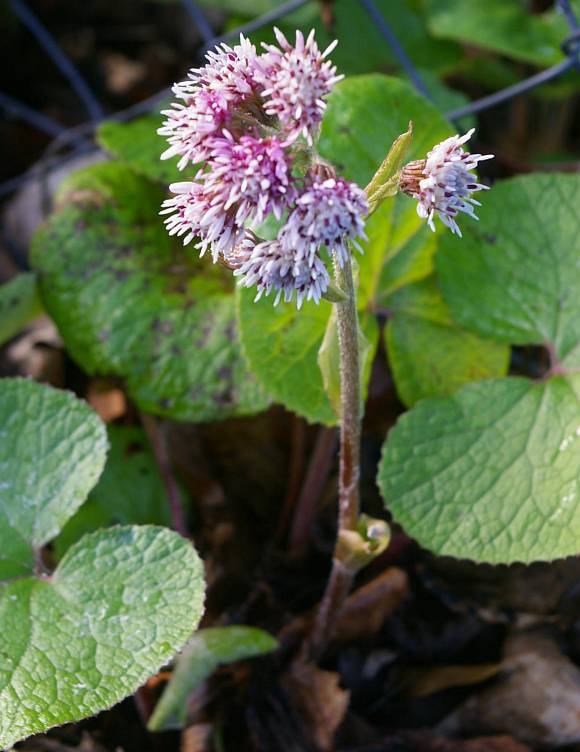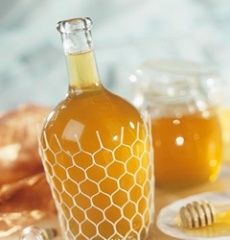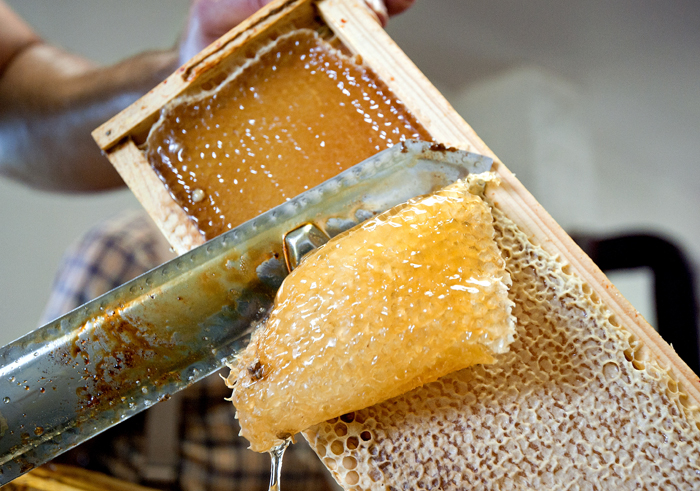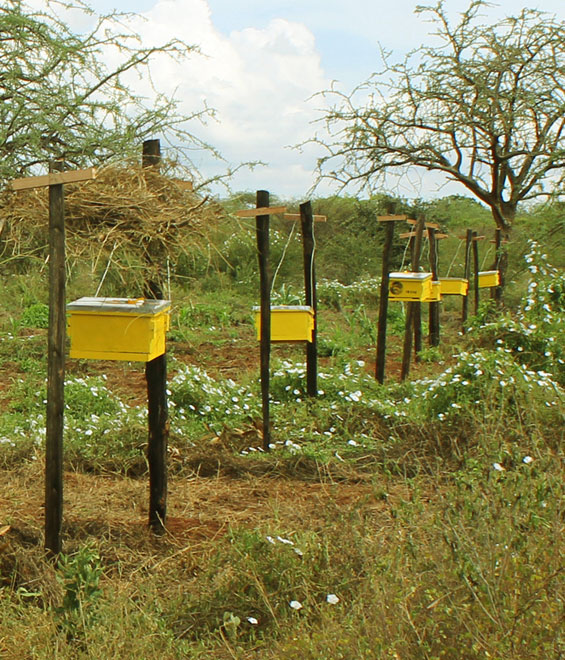Finally the dandelions are in bloom – they are almost a month late. I don’t know why people dislike these orange sunbursts – they brighten up our dull lawns and grey road sides and it is the only plant that represents the sun, moon and stars! The yellow flower resembles the sun, the puff ball of seeds resembles the moon and the dispersing seeds are the stars.
‘We almost think they are gold as we pass
Or fallen stars in a green sea of grass.” John Clare
John Clare saw the beauty in a bright blaze of dandelions, a flower whose name comes from the French ‘dente de lion’ – teeth of the lion – a good description of its leaves. Up until the 1800’s, people would pull grass out of their lawns (Note the piece at the end on lawns and their care!) to make room for dandelions and other so called weeds such as chickweed, and chamomile. Every part of the dandelion is useful; root, leaves, flowers – the root has medicinal qualities, the leaves can be used in salads and the flowers make wine. They were considered a delicacy by the Victorian gentry and used in sandwiches and salads. They have one of the longest flowering periods of any plant. The furze is one I can think of that has a longer flowering period.
I have been through my hives a second time and four have perished despite having enough food. The rest are way behind. I suspect part of the reason for this is that they have not been able to gather enough pollen for breeding and also the winter bees have died and have not yet been replaced in sufficient numbers to allow the colony to build up. And there was another frost last night. I recall, Mrs Clarke, the school secretary for many years, telling me, that in the old days, if there was snow on the Galtee Mountains in May no rates were paid.
I am leaving my colonies alone hoping that they will recover and build up in time for the flow. I have taken one precaution – and feeding them with Candipolline gold – a pollen and sugar supplement. They are taking it very slowly and it is possibly too little too late. But I feel as if I am doing something to help the cause.
I saw a cuckoo last week and it sang for me. Br. Alphonsus, a Capuchin friar I met on retreat recently gave me this poem:
The cuckoo sings in April
The cuckoo sings in May
It whistles a tune in the middle of June
And in July it flies away…
I noticed beekeepers protesting outside the Dail about the hedgerow issue. I wrote to the Minister of Agriculture protesting at the disappearance of hedgerows all over the country. They are being removed to make way for bigger fields of grass for our ever expanding cow numbers. I feel it is so arrogant to remove the habitats of so many other creatures – soon there won’t be a butterfly, a bee or a rabbit – we will be on our own with our cows. What a dull world we are creating.
ROUTINE HIVE INSPECTIONS
The mechanics of routine beekeeping will become habit the more you visit the hive. Look for these specific things and follow these procedures while inspecting your bees and their hive:
- Observe the “comings and goings” of bees at the entrance. Do things look “normal,” or are bees fighting or stumbling around aimlessly?
- Smoke the hive (at entrance and under the cover).
- If you’re using a screened bottom board, check the slide-out tray for varroa mites. Determine if treatment is needed. Clean the tray and replace it.
- Open the hive – remove the first frame
- Work your way through the remaining frames.
- Do you see the queen? If not, look for eggs. Finding eggs means that you have a queen. If you are 100% certain there are no eggs (and thus no queen) consider ordering a new queen from your bee supplier.
- Look at uncapped larvae. Do they look bright white and glistening (that’s good) or are they tan or dull (that’s bad)?
- How’s the brood pattern? Is it compact (with few empty cells) and does it cover most of the frame? This is excellent.
- Is the brood pattern spotty (with many empty cells)? Are cappings sunken in or perforated? If yes, you may have a problem.
- Do you see swarm cells? Provide the colony with more room to expand. Check for adequate ventilation.
- Always anticipate the colony’s growth. Provide additional space by adding honey supers. Give them room before it’s obvious that the bees need extra space.
- Replace all frames and close up the hive.
I love this conversation recorded between God and Saint Francis on lawns and their care!
GOD to ST. FRANCIS: You know all about gardens and nature. What in the world is going on down there on the planet? What happened to the dandelions, violets, milkweeds and stuff I started eons ago? I had a perfect no-maintenance garden plan. Those plants grow in any type of soil, withstand drought and multiply with abandon. The nectar from the long-lasting blossoms attracts butterflies, honey bees and flocks of songbirds. I expected to see a vast garden of colours by now. But, all I see are these green rectangles.
St. FRANCIS: It’s the tribes that settled there, Lord. The Suburbanites. They started calling your flowers ‘weeds’ and went to great lengths to kill them and replace them with grass.
GOD: Grass? But, it’s so boring. It’s not colourful. It doesn’t attract butterflies, birds and bees; only grubs and sod worms. It’s sensitive to temperatures. Do these Suburbanites really want all that grass growing there?
ST. FRANCIS: Apparently so, Lord. They go to great pains to grow it and keep it green. They begin each spring by fertilising grass and poisoning any other plant that crops up in the lawn.
GOD: The rains and warm weather probably make grass grow really fast. make the Suburbanites happy.
ST. FRANCIS: Apparently not, Lord. As soon as it grows a little, they cut it-sometimes twice a week.
GOD: They cut it? Do they then bale it like hay?
ST. FRANCIS: Not exactly, Lord. Most of them rake it up and put it in bags.
GOD: They bag it? Why? Is it a cash crop? Do they sell it?
ST. FRANCIS:No, Sir, just the opposite. They pay to throw it away.
GOD: Now, let me get this straight. They fertilise grass so it will grow. And, when it does grow, they cut it off and pay to throw it away?
ST. FRANCIS: Yes, Sir.
GOD: These Suburbanites must be relieved in the summer when we cut back on the rain and turn up the heat. That surely slows the growth and saves them a lot of work.
ST. FRANCIS: You aren’t going to believe this, Lord. When the grass stops growing so fast, they drag out hoses and pay more money to water it, so they can continue to mow it and pay to get rid of it.
GOD: What nonsense. At least they kept some of the trees. That was a sheer stroke of genius, if I do say so myself. The trees grow leaves in the spring to provide beauty and shade in the summer. In the autumn, they fall to the ground and form a natural blanket to keep moisture in the soil and protect the trees and bushes. It’s a natural cycle of life.
ST. FRANCIS: You better sit down, Lord. The Suburbanites have drawn a new circle. As soon as the leaves fall, they rake them into great piles and pay to have them hauled away.
GOD: No!? What do they do to protect the shrub and tree roots in the winter to keep the soil moist.loose?
ST. FRANCIS: After throwing away the leaves, they go out and buy something which they call mulch. They haul it home and spread it around in place of the leaves.
GOD: And where do they get this mulch?
ST. FRANCIS: They cut down trees and grind them up to make the mulch.
GOD: Enough! I don’t want to think about this anymore. St. Catherine, you’re in charge of the arts. What movie have you scheduled for us tonight?
ST. CATHERINE:
‘Dumb and Dumber’, Lord. It’s a story about…. GOD:
Never mind, I think I just heard the whole story from St. Francis.
 Murroe Website
Murroe Website